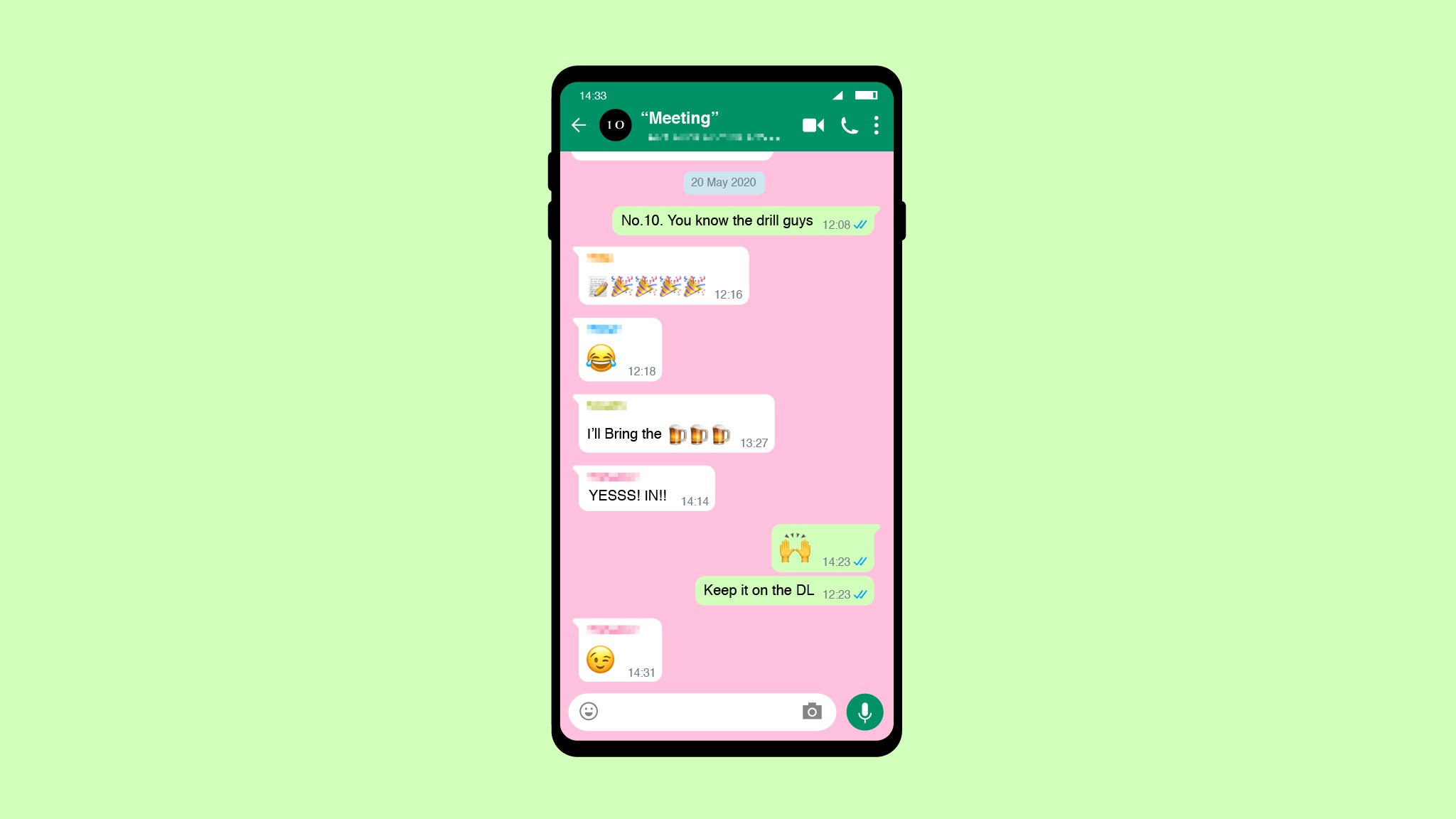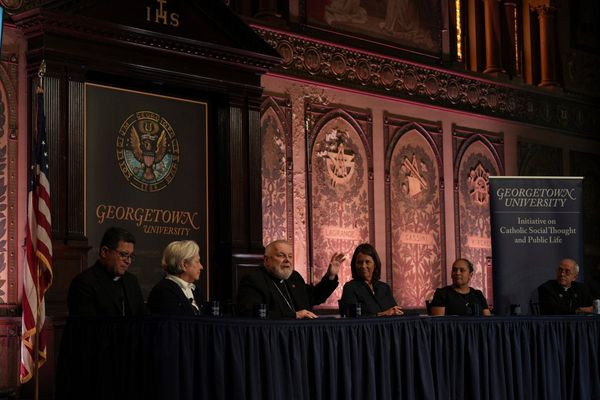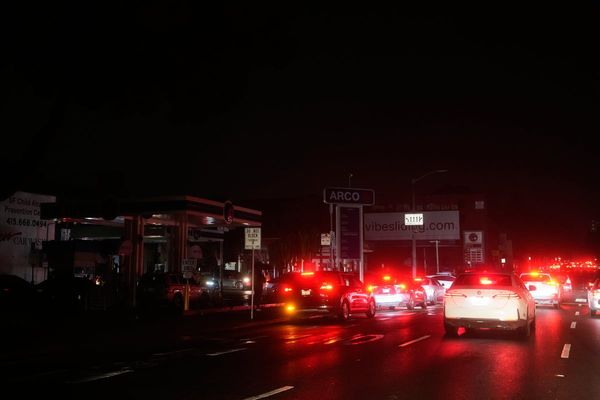
For hours on January 6 2021, while Donald Trump’s supporters stormed the US Capitol, messages from frantic senior Republicans and fellow travellers poured into the phone of White House chief of staff Mark Meadows. “We are under siege up here at the Capitol,” wrote one. Another pleaded, “POTUS has to come out firmly and tell protestors to dissipate. Someone is going to get killed.” When Donald Trump Jr texted: “He’s got to condemn this s*** Asap,” Meadows agreed.
This evidence from Congress’s investigation is remarkable not just because it shows Trump knowingly allowing a violent insurrection to continue. It’s also unprecedentedly granular evidence for future historians. Imagine if we’d had real-time minute-by-minute source material for the French Revolution or Hitler’s beer hall putsch.
The police investigation of the Downing Street parties has similar, if more farcical, material: more than 300 images, and many emails, WhatsApps and text messages from partygoers. In short, the trove of historical evidence for the era from around 2000 to 2021 is unmatched. It will help us understand how high-political events happen.
Historians always had to fumble in the dark. The Oxford don Hugh Trevor-Roper, dispatched by the British secret services in 1945 to write the definitive account of Hitler’s death, confronted thickets of falsehoods. A Stuttgarter named Spaeth said Hitler was killed by Russian shellfire on May 1. Swiss journalist Carmen Mory testified that Hitler and Eva Braun were living quietly on a Bavarian estate.
Because events were fresh, Trevor-Roper could interview eyewitnesses and establish that Hitler had died by suicide in his bunker. But he reflected, “It is a chastening thought to a historian to consider how much of history is written on the basis of statements no more reliable than those of . . . Dr Spaeth and Carmen Mory. If such statements had been made and recorded with reference to the disputed death of the Czar Alexander I in 1825, plenty of historians would have been ready to take them seriously.” Trevor-Roper’s mistaken late-career authentication of the “Hitler diaries” surely stemmed from his quest for the historian’s holy grail: the inside story in real time.
Instead, historical evidence is often deceptive. Participants’ letters, memos and memoirs tend to straighten things out, retrospectively justify actions and give history a pattern it didn’t have. Other decisive moments go undocumented. And so historians often over-reach based on insufficient information. Rosemary Sullivan’s new book claims to use modern Big-Data methods to identify a Jewish notary as Anne Frank’s likely betrayer. Experts are unconvinced. Even Vince Pankoke, the retired FBI detective who led the investigation detailed in the book, admitted, “Investigating the past and our interpretation of it is not a finite exercise.” Historians have known that since Thucydides.
But suddenly we have gigabytes of material to test two competing historical theories: the conspiracy and the cock-up. The conspiracy theory says that people in power know what they are doing, that the Trumpists, for instance, planned a coup. But to quote the film Don’t Look Up, “The truth is way more depressing. They’re not even smart enough to be as evil as you’re giving them credit for.” More often, power brokers stumble around at cross-purposes.
On January 6, for instance, there were three groups of Republican actors: the uninformed foot soldiers, who mostly just wanted to smash stuff up; Trump’s henchmen, who thought it was an inconsequential sore-losers march; and Trump, who almost alone pursued a coup, albeit one hamstrung by the fact that the people in it didn’t know it was one.
Of course, Trumpism and Johnsonism both have an usually high Keystone Kops quotient. Even so, tracking today’s powerbrokers message by message adds credibility to the cock-up theory. History probably resembles the farcical TV series The Thick of It and Veep more than it does paranoid accounts such as The Manchurian Candidate or All the President’s Men.
The current trove of evidence may prove short-lived. Historical actors are learning to destroy their phone messages, just as Trump habitually ripped up government documents. Similarly, the British government now instructs officials to delete their instant messages, while the European Commission is withholding texts that its president Ursula von der Leyen exchanged with Pfizer’s chief Albert Bourla before buying 1.8bn vaccine doses. Vera Jourova, the commission’s ironically titled vice-president for values and transparency, argues that text messages are “short-lived” and exempt from access laws.
Even if transparency campaigners win access to such materials, officials may switch to using messages that self-destruct. Dominic Cummings anticipated this when he was Boris Johnson’s chief adviser and took screenshots of his boss’s WhatsApps. Meanwhile, other powerbrokers will leave us perfectly crafted “deepfakes”. As our era of naively transparent messaging ends, the lights may go out for historians again.
Copyright The Financial Times Limited 2022







